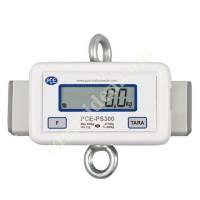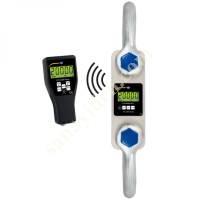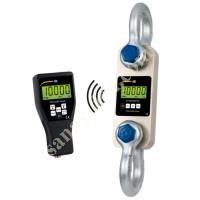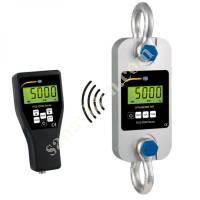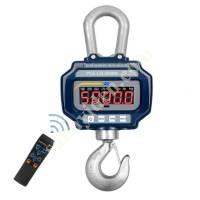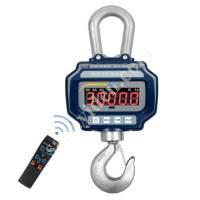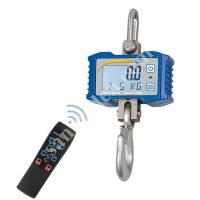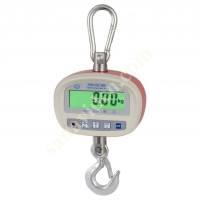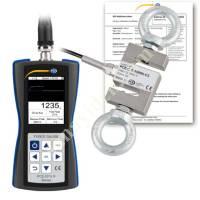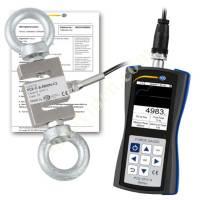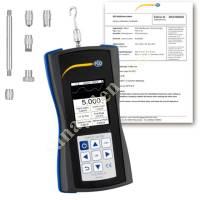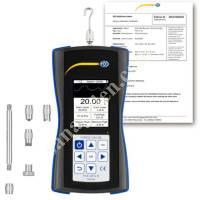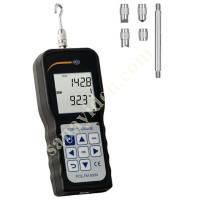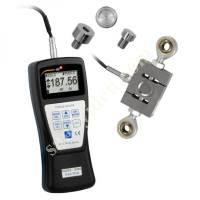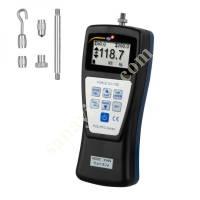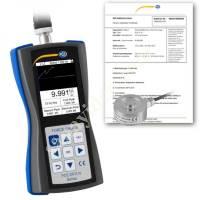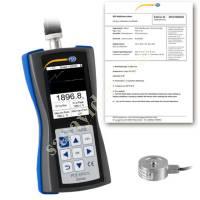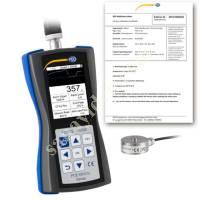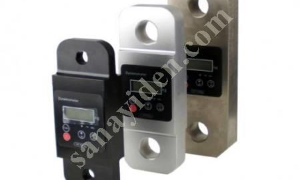 A Dynamometer Is Made Of Many Parts
A Dynamometer Is Made Of Many PartsA dynamometer is a device that can be used to measure the force and motion of objects. It is often used in engineering and manufacturing. The most common types of dynamometers are linear, circular, or rotational testers. They are also known as four-point testers, coaxial testers, and torsion testers.
What is a dynamometer?
A dynamometer is an instrument used to measure tension or force on an object. It can be used in a variety of settings, such as engineering research, to measure the load on a bridge or to test the durability of materials.
How to Use Dynamometer.
Dynamometers are used to measure acceleration rates. To use a dynamometer, you must first check its durability. Check the accuracy of the dynamometer by measuring the acceleration rate in different time periods and regions. Additionally, be sure to check the dynamometer for any worrying signs (such as sudden changes in acceleration) before use.
Check the Accuracy of the Dynamometer.
To ensure the accuracy of your data, you need to make sure that your measurements are taken consistently. Use a dynamometer to measure the rate of acceleration in different regions and time periods. Also, make sure that all your measurements are made at the same height and at the same time on Earth. This will help ensure consistency in your data analysis.
How to Measure Acceleration Rate.
One way to measure acceleration is to use a watch or chronograph. To do this you will need to purchase a watch or chronograph and place it in a fixed position. You can then measure the time it takes for the object to move from one starting point (start point) to another destination (destination point). This measurement can be made in kilometers per second or meters.
For example, if you were measuring the acceleration of an object at sea level, you would take two measurements: one at high altitude and the other at low altitude. Then you multiply these measurements by 2.4 to convert them to meters per second.
You can also use a dial watch to measure acceleration. To do this, you will need to purchase a dial watch and place it in a fixed position with its face facing away from the origin. Next, you will need to measure the time it takes for the object to move from one starting point (start point) to another destination (destination point). This measurement can be done in seconds or minutes per hour using a conversion tool such as Timex's website or your phone's timer app.
Finally, you can use a metric mechanism when measuring acceleration. This means you will use METERS (units of magnitude) instead of using numbers like meters/second or minutes/minutes. For example, if you're measuring the acceleration of an object at sea level, you could use something like GRAVITY (units of gravitational force). In this case, all other unit conversions are traditional meters/seconds/minutes, etc. It will continue to work as is.
Subject: How Do I Use My Balance to Measure Acceleration Rate?
Outline:
How to Measure Acceleration Rate with a Scale?
Using the Length of the Scale to Measure Acceleration Rate
Use a Weight or Ball and Place it on the Object at the Origin
Place Another Weight Or Ball On The First Weight And Check If It Moves Faster Than The First Weight Subsection 4.4 Repeat The Operation But Change The Direction Of The Ball
conclusion
A dynamometer is an instrument that can be used to measure the rate of acceleration. For this you need to use a watch or chronograph, dial watch or metric movement. The three most common ways to measure acceleration are using a watch or chronograph, using a dial watch, and using a meter in the lab. By measuring the rate of acceleration over different time periods, you can determine which parts of the world experience the fastest movement. You can also make sure that your data is correct by checking the accuracy of your dynamometer.

